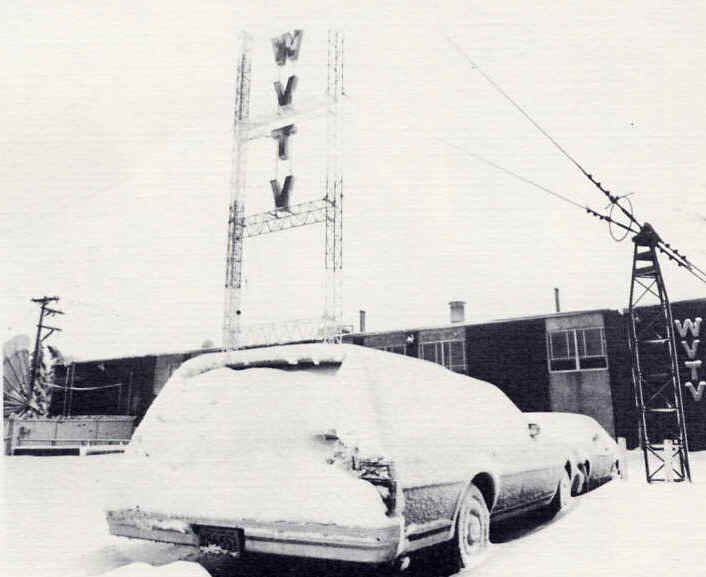Jayne had been with WTVT for nine years when Gaylord bought a foundering station, WUHF, in Milwaukee. John Haberlan was assigned to turn the station around as General Manager, and made plans for taking some of the WTVT staff to help, including Chief Engineer Bill Witt. Tipped off by Bob Olson that an offer would be tendered and that she should hold out for the title of Program Manager, Jayne waited for the nod. "When Haberlan asked me to come up to Milwaukee I said 'Yes, if it's as Program Manager.' He got a funny look on his face and then said 'Yes.' " This made Jayne one of only three female Program Managers in the business at that time. There are probably well over a hundred now.
The job of Program Manager varies from station to station, but often consist of programming, film buying, budgeting, supervising the film department and working with promotion. The position requires working with trade unions (camera, engineering, etc), reviewing program contracts, and in some cases, the Program Manager is also in charge of production and graphics.
Upon arriving in Milwaukee, the newly appointed Gaylord managers certainly had their work cut out for them.

WUHF was originally at the Sheraton-Schroeder hotel.
(Thanks to Steve Reyer and The Milwaukee School of Engineering & Dick Golembiewski)
"The station's ratings were zip," explains Jayne. "Something like a minus one. The station was a real dog located at a suite in a downtown Milwaukee hotel. Continuity was in the bathroom.the files were in the tub, and there was a hand-cranked ditto machine on the toilet. The regular offices were in the bedroom, and the studio, which was 12' by 12', was upstairs on the top floor with one little window. The black and white camera was serial #1. The film department was another section of the top floor, and air conditioning was supplied by opening up the windows."
Not only was the station a disaster, but the Florida-raised Jayne had to get used to the real kind of 'Northern Exposure.' "I froze my butt off in Milwaukee," recalls Jayne. "It took me nearly a year to learn to walk without falling and driving was a real adventure.."

Snowed under in the weather and in the ratings, WVTV
was turned from loser into a winner by John Haberlan,
Jayne Boyd, and other former WTVT staff.
WUHF changed its call letters to WVTV and the Gaylord touch would soon make the station a contender. "John Haberlan let me do what I needed to do in terms of programming and he did what was necessary to convince our national reps at Katz that we were going to be profitable to them," states Jayne. John even sent a whole wheel of cheese to the Katz salesman who sold our first national spot. It was an interesting marketthe viewing audience was about a third Italian, a third Polish, and a third German. It took a while to get to know the natives but once you did they were great people. I studied the demographics and saw what they liked."
The programming lessons Jayne learned in Tampa were tweaked to work in Milwaukee. "You couldn't run a Polka show in Tampa but you sure could up there," explains Jayne. "I bought a couple of Polka shows, some wrestling shows, and westerns. I also got into counter-programming. If the competition was running sports, I'd run a woman's movieor if they had a woman's movie I'd run an action movie, and it worked. We started getting numbers. John brought in Dave Togey from Tampa to head Production. Joe Loughlin, who had been at WCBS-TV in New York, called John and arranged to come to work with us as Assistant Manager. When John left, Joe became General Manager. I used to play golf with Joe and his wife during summers in Milwaukee. And before he went to WTVT, young Scott Shuster was an anchor for our 11 pm news."
Before the birth of Super Stations such as Ted Turner's WTBS, Gaylord's WVTV had developed into the number one independent UHF station in the country in terms of market share.